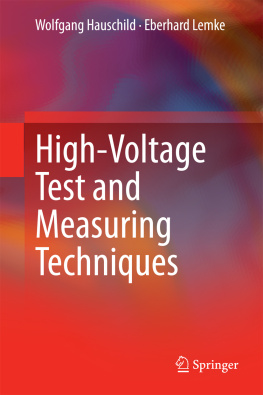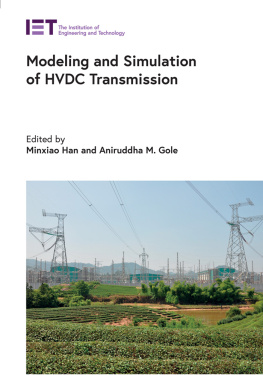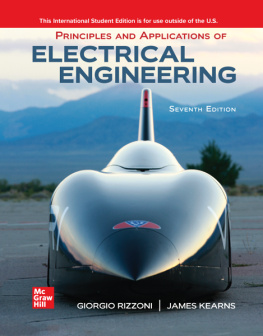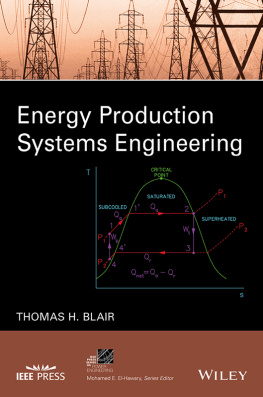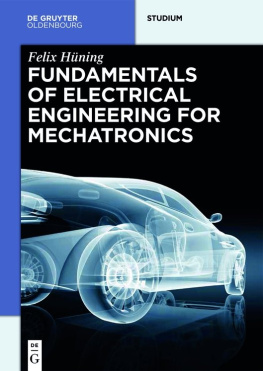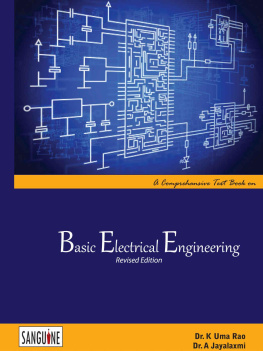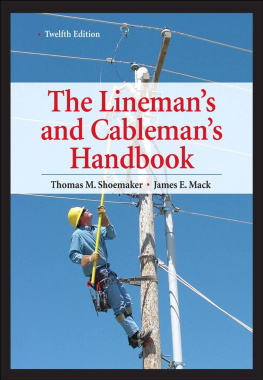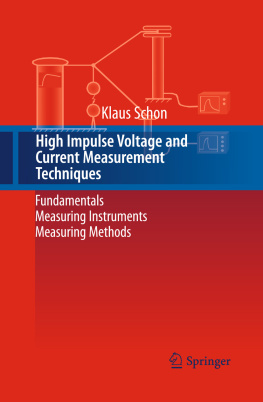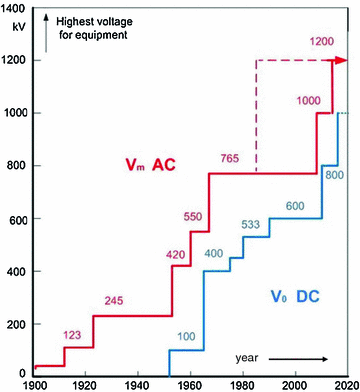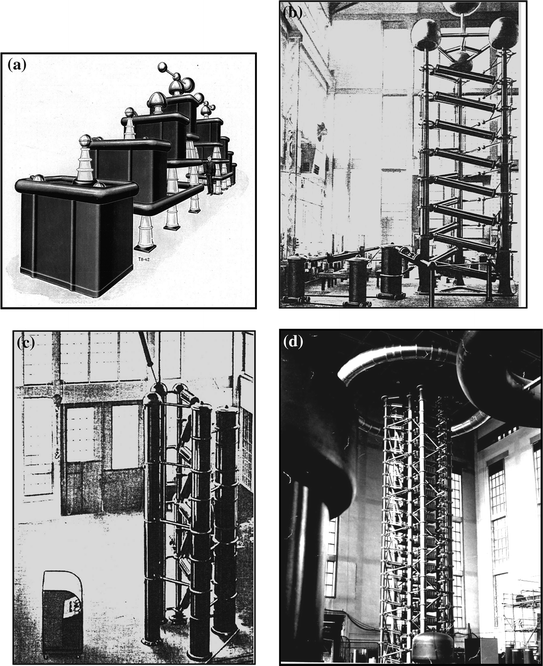1. Introduction
1.1 Development of Power Systems and Required High-Voltage Test Systems
Within the last 120 years, the development of transmission voltages of power systems from 10 to 1,200 kV has required a tremendous development of high-voltage (HV) engineering. This includes, e.g. the introduction of many new insulating materials and technologies, the precise calculation of electric fields, the knowledge about the phenomena in dielectrics under the influence of the electric field and the understanding of electric discharge processes. Nevertheless, as an empirical technical science, HV engineering remains closely related to experiments and verifications of calculations, dimensioning and manufacturing by HV tests. The reasons for that are, e.g. unavoidable defects of the structure of technical insulating materials, imperfections of technical electrodes, but also failures of production and assembling. Therefore, in parallel to the development of HV engineering, national and international standards for HV testing have been developed, as well as equipment for the generation of test voltages and for measurements of (and at) these voltages.
Since the early beginning of the wider application of electrical energy, its transmission from the place of generation (power station) to that of consumption (e.g. industry, households, public users) influences the energy cost remarkably. The transportable power of a high-alternating voltage (HVAC) overhead line is limited by its surge impedance Z L to a power transfer capability of approximately
Whereas the surge impedance ( Z L 250 ) can only be influenced within certain limits by the geometry of the overhead line, the power transfer capability is mainly determined by the height of the transmission voltage, e.g. the power transfer capability of a 400 kV system is only a quarter of that of an 800 kV system. Consequently, increasing energy demand requires higher HVAC transmission voltages. Remarkable increases in the ratings of HVAC transmissions are to 123 kV in 1912 in Germany, to the 245 kV level in 1926 (USA), to 420 kV in 1952 (Sweden), to 800 kV in 1966 (Canada and Russia) and to UHV (1,0001,200 kV in 2010, China) (Fig. ).
Fig. 1.1
History of HVAC and HVDC transmission systems
Because at direct voltage, no surge impedance becomes effective; the limitation of the power transfer capability is mainly caused by the current losses. For identical rated voltages, the HVDC power transfer capability is about three times higher than that at HVAC. This means that one 800-kV HVDC line with an efficiency of 94 % replaces three 800 kV HVAC overhead lines with an efficiency of only 88 % (Swedish Power Cycle 2009). But HVDC transmission requires expensive converter stations. Therefore, the application of HVDC transmission has been limited to very long transmission lines, where the cost reduction for the line compensates the higher station cost. The present cost reduction of power electronic elements, efficient HVDC cable production and other technical advantages of HVDC transmission has triggered worldwide activities in that field (Long and Nilsson 2007; Gockenbach et al. 2007; Yu et al. 2007). The historical development (Fig. ) shows that the 1,000 kV level is reached in China now, but the next levels above 1,000 kV or more are under preparation (IEC TC115 2010).
The HV test and measuring techniques have to be able to test components which belong to both HVAC and HVDC power systems. But additionally, also the kind of insulation to be tested determines the kind of the test equipment. The classical insulating materials (air, ceramics, glass, oil, paper) are completed by insulating gases, e.g. SF6 for gas-insulated substations and transmission lines (GIS, GIL), and synthetic solid materials, e.g. epoxy resin for instrument transformers and polyethylene for cables (Fig. ).
Fig. 1.2
History of the application of insulating materials
The basic principle of HV testing expresses that test voltage stresses shall represent the characteristic stresses in service (IEC 60071-1). When electric power transmission started, not all these stresses were known. Furthermore, the kind and height of stresses depend on the system configuration, the used apparatus, the environmental conditions and other influences. The historical development of HV testing is closely related to the development of and the knowledge on power systems. It can be characterized by the following steps:
HV testing started in the first decade of the twentieth century with alternating test voltages of power frequency (50 or 60 Hz) (Spiegelberg 2003). The test voltages have been generated by test transformers, later also by transformer cascades (Fig. ).
Fig. 1.3
Historical test voltage generators a worlds first 1,000 kV cascade transformer (Koch and Sterzel Dresden 1923) b 1,000 kV DC test voltage generator (Koch and Sterzel Dresden 1936) c 2,000 kV LI test voltage generator (Koch and Sterzel Dresden 1929) d 7,000 kV LI/SI test voltage generator (TuR Dresden 1979)
But independently on the performed HVAC tests, equipment has been destroyed in power systems, e.g. as a consequence of lightning strokes, which caused external over - voltages . These overvoltage impulses are characterized by front times of few microseconds and tail times of several ten microseconds. Based on that knowledge, tests with lightning impulse (LI) test voltages (front time 12 s, time to half-value 4060 s) have been introduced in the 1930s. For LI voltage testing, suited generators have been developed (Fig. ).

